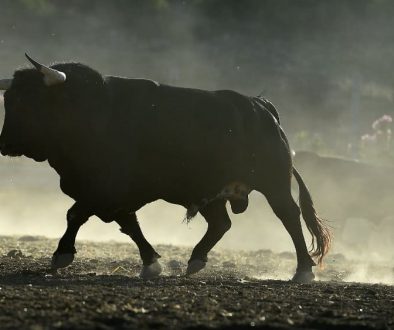With first quarter results for BP (LSE: BP) and Royal Dutch Shell (LSE: RDSA) to be announced in the coming weeks, its not too early to begin thinking about what to expect for the two oil majors.
The elephant in the room for both companies will be the price of crude. While prices have rebounded from their January lows, a barrel of Brent still fetches close to 50% less than it did this time last year. Given this, expect year-on-year results for each of these giants to be relatively poor. Of course, as diversified oil majors, each haslarge downstream assets that contributed $7.1bn of pre-tax profit for BP and $10.2bn for Shell in 2015. While upstream segments will continue to suffer from low oil prices, these downstream assets should continue to provide a significant cushion to the bottom line.
The cash flow from these downstream assets will be a critical measure for investors to keep their eye on as theyll provide a clue as to whether BP and Shell can continue paying out their dividends at the same level they did when crude was $115/bbl. After BPs record $6.5bn loss in 2015, its 7.3% yielding dividend is no longer covered, and neither is Shells 6.5% annual payout.
Healthy balance sheets
Since reliable dividends are a major reason investors are interested in the relatively high cost-of-production oil majors, any cut to these shareholder returns could be devastating for share prices. However, both companies have relatively healthy balance sheets, which gives them room to manoeuvreby increasing debt to pay off dividends, even if this may not be the wisest move in the long term. Investors should watch the companys gearing ratio, a measure of indebtedness, which for BP was 21.6% at year-end, and for Shell should be in the low 20% range after its acquisition of BG.
Shells 34bn deal for BG was only completed in February, so wont yet show up on Q1 results. However, its not too early for Shell shareholders to begin thinking about what this deal will mean. For one thing, investors should begin watching the price of natural gas, measured by the Nymex index, since the combined Shell BG will be the worlds largest private supplier of liquefied natural gas. Another key will be whether Shell has made progress on the $30bn of asset disposals it plans to make after the BG purchase.
BP also had big news in the first quarter through its settlement with the United States Department of Justice over fines related to the Gulf of Mexico spill. While this wont be the last of its payments related to the spill, the $20bn deal should be one of the last ones. Although that headline number is shocking, some $15bn of the deal could end up being eligible to be written-off against future tax bills. One thing to watch for in the Q1 results will be whether management comes out with a new revised final tally for the spill, which thus far has topped $55bn.
At the end of the day, while bothBP and Shell had major news releasedin the first quarter, the most important number for investors to watch will be crude prices. Each company estimates it needs oil to fetch around $60/bbl for their dividends to be covered and Shells BG acquisition to make sense.
Ian Pierce has no position in any shares mentioned. The Motley Fool UK has recommended BP and Royal Dutch Shell B. We Fools don’t all hold the same opinions, but we all believe that considering a diverse range of insights makes us better investors.





